Even more evidence that asteroids brought the ingredients for life to Earth.
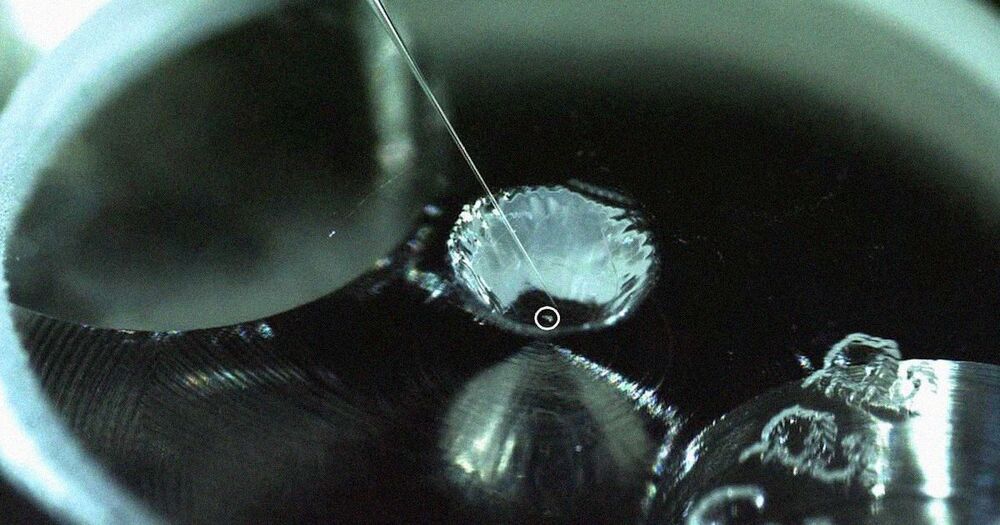

The Perseverance rover’s Mars Environmental Dynamics Analyzer (MEDA) is set to collect data on wind with the deployment of a sensor on Mar. 12021 (Sol 10). See imagery of the deployment and hear audio of the Martian wind captured by a microphone on Feb. 20. — NASA’s Perseverance Rover Explained: https://www.space.com/perseverance-mars-2020-rover.html.
Credit: Space.com | footage & audio: NASA/JPL-Caltech | produced & edited by Steve Spaleta (http://www.twitter.com/stevespaleta)
The China National Space Administration (CNSA) on Thursday released three high-resolution images of Mars captured by the country’s Tianwen-1 probe.
http://www.cctvplus.com/news/20210304/8180114.shtml#!language=1
Welcome to subscribe us on:
Facebook: https://www.facebook.com/NewsContent.CCTVPLUS
Twitter: https://twitter.com/CCTV_Plus.
LinkedIn: https://www.linkedin.com/company/cctv-news-content.
Video on Demand: www.cctvplus.com.
If you are in demand of this video footage, please contact with our business development team via email: [email protected]
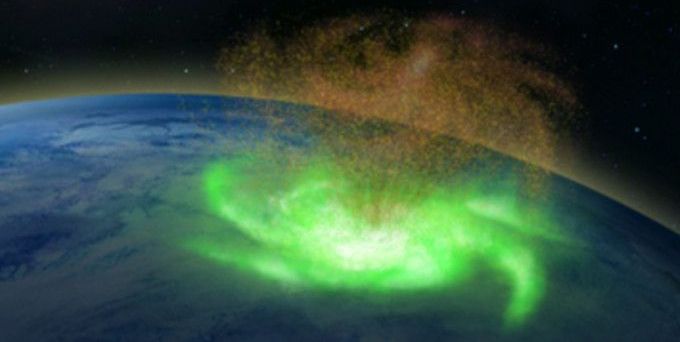
A first-ever “space hurricane” was spotted whirling above the Earth, scientists said.
The 600-mile-wide mass of plasma occurred several hundreds of miles above the North Pole, according to a study in the journal Nature Communications.
“Until now, it was uncertain that space plasma hurricanes even existed, so to prove this with such a striking observation is incredible,” said Mike Lockwood, a space scientist at the University of Reading and co-author of the study, in a statement.
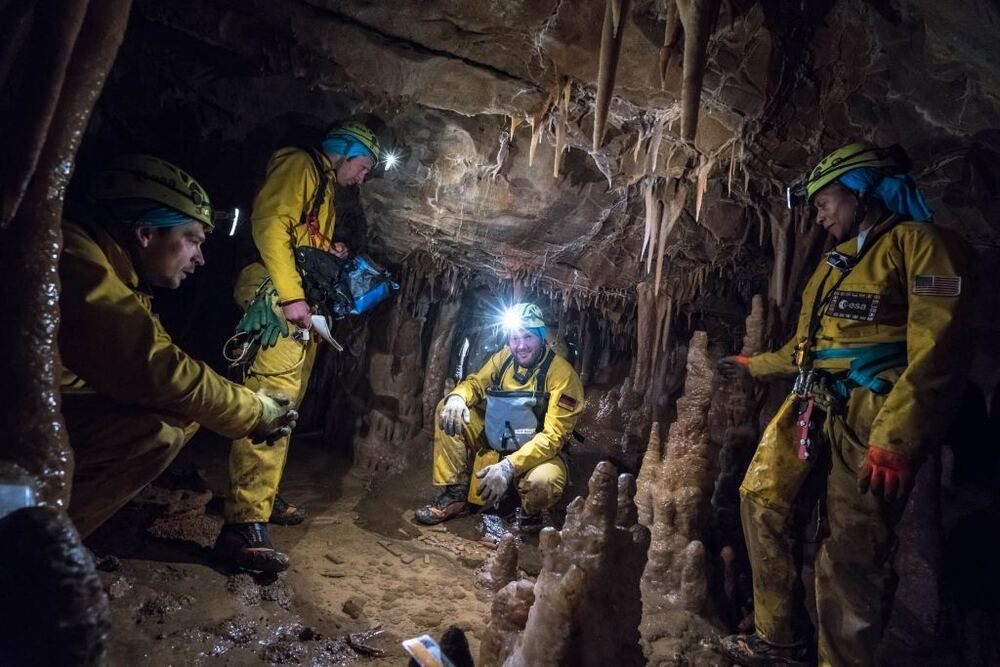
A unique training program has teams of astronauts spending time inside caves doing experiments and learning to work together in a challenging environment.
We’re accustomed to astronauts pulling off their missions without a hitch. They head up to the International Space Station for months at a time and do what they do, then come home. But upcoming missions to the surface of the Moon, and maybe Mars, present a whole new set of challenges.
One way astronauts are preparing for those challenges is by exploring the extreme environment inside caves.
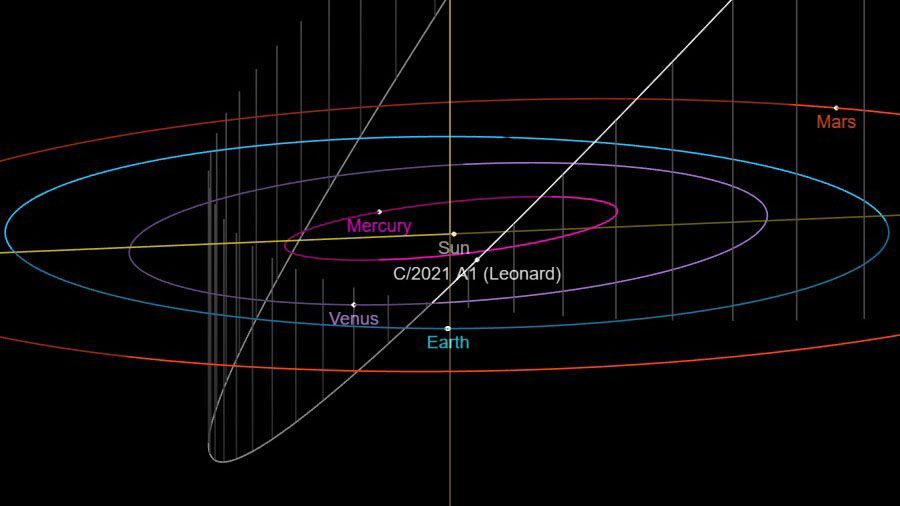
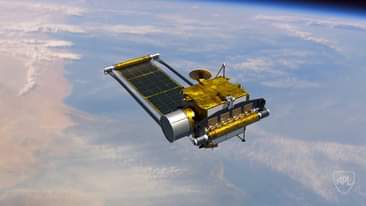
In 2022, our first planetary defense test mission, the Double Asteroid Redirection Test (DART), will attempt to change the motion of a small moonlet, Dimorphos, that poses no threat to Earth. This demonstration, led by the JHU Applied Physics Laboratory (APL), will test a new asteroid deflection technology: www.nasa.gov/dart
Innovating And Investing In The New Space Age — Space 2.0 — Hélène Huby, VP, Orion-ESM, Airbus Defence and Space.
Hélène Huby is Vice-President of the Orion European Service Module (Orion-ESM), at Airbus Defence & Space.
Airbus Defence & Space is a division of the Airbus Group, a European multinational aerospace corporation and the world’s largest airliner manufacturer.
The Orion-ESM is the European Space Agency’s contribution to NASA’s Orion spacecraft, which will send astronauts back to the Moon, and beyond. It provides electricity, water, oxygen and nitrogen, as well as keeping the spacecraft at the right temperature and on course.
Hélène was previously Head of Innovation at Airbus Defence & Space where she grew a portfolio of over 50 new businesses, ranging from space data-based services to electrical-powered stratospheric drones, and was responsible for setting up Airbus Ventures, and an innovation center in Silicon Valley, for the Airbus Group.

A pair of researchers from Toho University and NASA Nexus for Exoplanet System Science has found evidence, via simulation, that Earth will lose its oxygen-rich atmosphere in approximately 1 billion years. In their paper published in the journal Nature Geoscience, Kazumi Ozaki and Christopher Reinhard describe the factors that went into their simulation and what it showed.
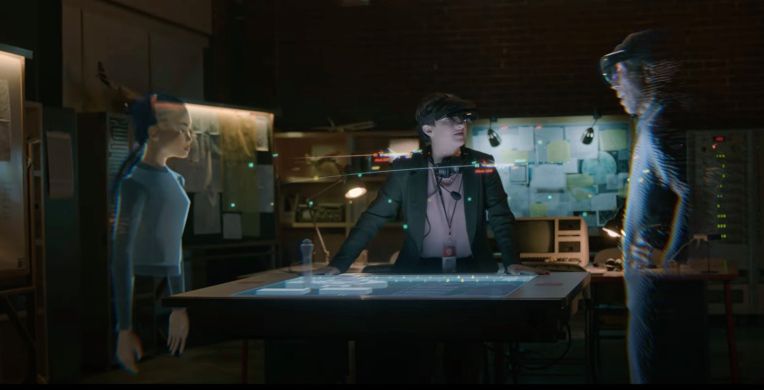
Today, at a special AR/VR focused event held inside its virtual reality community platform Altspace, Microsoft showcased a new product aiming to provide their AR HoloLens platform and VR Windows Mixed Reality platform with a shared platform for meetings.
The app is called Microsoft Mesh and it gives users a cross AR/VR meeting space to interact with other users and 3D content, handling all of technical hard parts of sharing spatial multi-player experiences over the web. Like Microsoft’s other AR/VR apps, the sell seems to be less in the software than it is in enabling developers to tap into one more specialization of Azure, building their own software that builds on the capabilities. The company announced that AltspaceVR will now be Mesh-enabled.
In the company’s presentation, they swung for the fences in showcasing potential use cases, bringing in James Cameron, the co-founder of Cirque du Soleil and Pokémon Go developer Niantic.